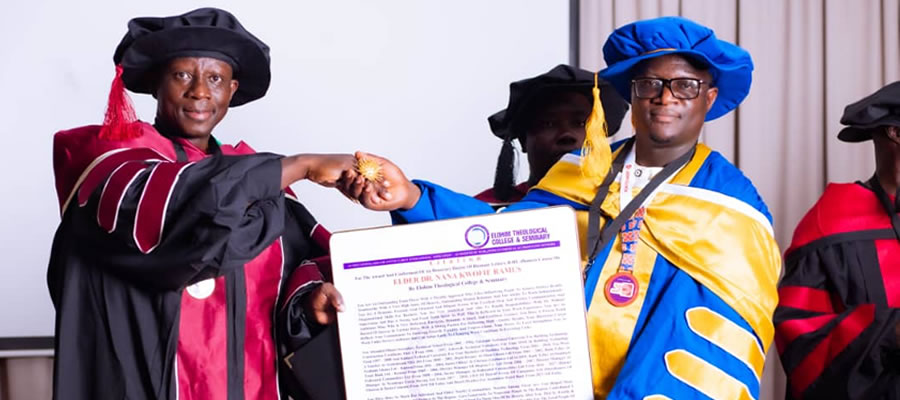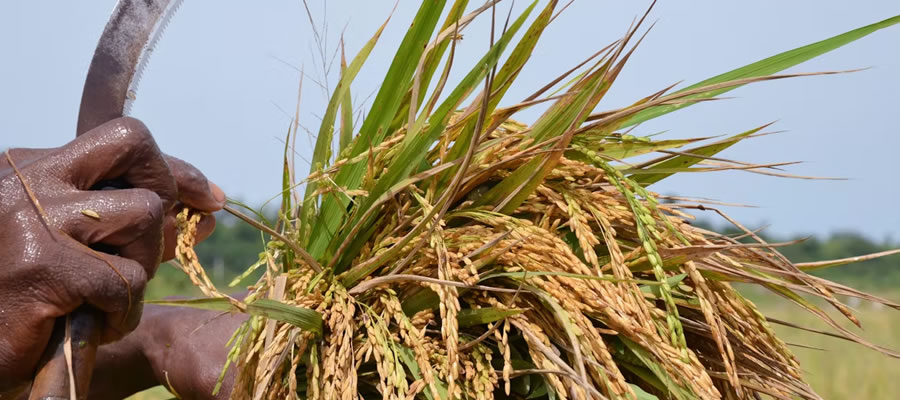

Introduction
This chapter analyses data on economic activities undertaken in the Municipality. The main focus of the analysis is on five areas, type of activity, occupation, industry, employment status, and institutional sector. There is also information on the economically active population, economically not active population, the employed and unemployed. Although data were collected on population five years and older, most of the analyses in this section will be on the population 15 years and older.
Economic Activity Status
Table 4.1 presents information on population 15 years and older by activity status and sex. The table show that, 71.3 percent of the population 15 years and older are economically active, whiles those economically not active constitute 28.7 percent. Among the economically active population, 97 percent are employed and 3.2 percent are unemployed in the Municipality.
The table further shows that, thirty percent of the females and 27.4 percent of the males are economically not active. Among those who perform home duties (household chores), the females outnumber the males. The proportion of pensioners or retired is higher among the males (1.6%) than the females (0.5%). This could be attributed to the fact that males dominate the labour market especially in the formal sector. The proportion of males in full time education is 67.8 percent compared to that of females which constitutes 49.4 percent. This could be due to the stereotype system where males go to school whiles females stay at home and help with household chores. Some of the females also drop out of school due to pregnancy or early marriage.
Figure 4.1 shows slight variations in all the activity status among males and females in the Municipality. From the chart, it is observed that majority of the population 15 years and older are employed with males constituting 97.0 percent, and the females 96.5 percent. Among the economically not active, there is a higher proportion of females (30.0%) than males (27.4%).
Activity status by Sex and age
Table 4.2 shows the population 15 years and older by sex, age-group and activity status. From Table 4.2, about 80.3 percent of persons aged 15-19 years are economically not active, however, quite a number (17.7%) of them are employed. Similarly, 54.7 percent of persons aged 20-24 years are employed. It is worrying to have children aged between 15-24 years working instead of been in full time education.
The district is rich is resources, and this therefore offers a variety of potential sectors for investment.To exploit this potential for the growth and development of the local economy, the District Assembly stands ready to provide all the needed support to investors establishing enterprises in the district.
There is a large pool of cheap and semi-skilled labour in the district, a good infrastructural base and the availability of incentives for serious investors. About three-quarters of the economically active population are engaged in agriculture.Major crops cultivated in the district include cocoa, maize, cassava, plantain, cocoyam and oil palm. Cocoa is the most dominant cash crop in the district, and productivity is very high.All farming activities are rain-fed.
Although rainfall levels are high, production could be significantly expanded if irrigation techniques are applied.This could be achieved especially along the Tano River and within the areas covered by its tributaries. Indeed, improved farming techniques introduced by investors in the sector would expand output considerably and such enterprises could take advantage of the existing local and external markets for cash and food crops.
Another area, which is lucrative and is being encouraged, is agro-processing where the options are several and potentials for value-added are high. For instance, cocoa beans can be processed into cocoa powder, liquor and butter for the export market, while cassava, which is found in abundance in the district, can be processed into gari, a staple food on local markets.
Conditions also favour the mass production of cassava, which would then be processed into cassava chips for export. Climatic and soil conditions strongly favour the cultivation of oil palm on commercial scale in the district. The products that can be derived from the fruits are myriad and the markets for such products are virile.
Palm oil can be derived for cooling purposes and for the manufacture of soap, margarine, bakers fat, salad oil and so on, for both the local and international markets. A new area of investment in the district is in black pepper production. Farmers can be encouraged to undertake the cultivation of crop by investors on a commercial scale, as is being done currently, and with great success, by CARE International, a non-governmental organization.
With suitable soils and climatic conditions prevailing in the district, and the existing high demand for the product in the international market, black pepper production is one of the leading potential investment areas in the district. The district also has the resources for the establishment of a bamboo and cane handicraft industry.
There are large quantities of bamboo and cane, which are suitable for the production of furniture and other related products. Substantial clay deposits can be found in the district, available in commercial quantities. These could be used for ceramics and the production of bricks and tiles, for the housing industry, where market demand remains strong in line with the need for heightened housing delivery.
The district, being one of the richest in the country in terms of forest resources, has all the necessary inputs and factors that favour the production of veneer and plywood for local consumption and the export market. Currently, however, there is only one timber processing factory in the district. This is Logs and Lumber Limited, formerly Glisten Forest Afric Ltd.
Thus there is still plenty of room within the district for new investment in this area. The abundant wood, which the district is endowed with, could be tapped for the production of knock-down furniture, door and window frames. Within the district there exist a large number of small scale operators engaged in a variety of economic activities covering the manufacturing of leather products, food processing, metal fabrication, carpentry and joinery, mechanical and electrical repair works.
One strategy that could be used is that this group of entrepreneurs, who are scattered, could be organized under industrial estate umbrella and provided the necessary infrastructural services and support. The district has solid potential for mineral exploitation, and this has led to an ongoing reconnaissance survey and exploration programme, in parts of the district.
There are gold deposits found in river and streambeds and alluvial deposits in places near Kokokrom, Anyinabrim, Akontombra and Nsawora/Nkwadum areas. Diamond deposits too, found to the south of Wiawso near Bopa, are yet to be exploited. In this regard, investors interested in exploitation and actual mining operations can count on the support and co-operation of the District Assembly as long as they respect existing environmental laws and considerations.
The wide spread availability of both skilled and unskilled manpower is an asset to the future investor. Labour is available for hire and at low relative cost too. As the highest political and administrative authority in the district, the Sefwi-Wiawso District Assembly is working hard to create an enabling environment so as to attract and retain foreign and local investors in the area.
The Assembly is therefore collaborating with all stakeholders to improve the infrastructural base of the district, and to establish a peaceful and congenial climate for effective business and adequate returns from investment.
Date Created : 11/21/2017 1:09:21 AM











 facebook
facebook
 twitter
twitter
 Youtube
Youtube
 +233 593 831 280
+233 593 831 280 0800 430 430
0800 430 430 GPS: GE-231-4383
GPS: GE-231-4383 info@ghanadistricts.com
info@ghanadistricts.com Box GP1044, Accra, Ghana
Box GP1044, Accra, Ghana